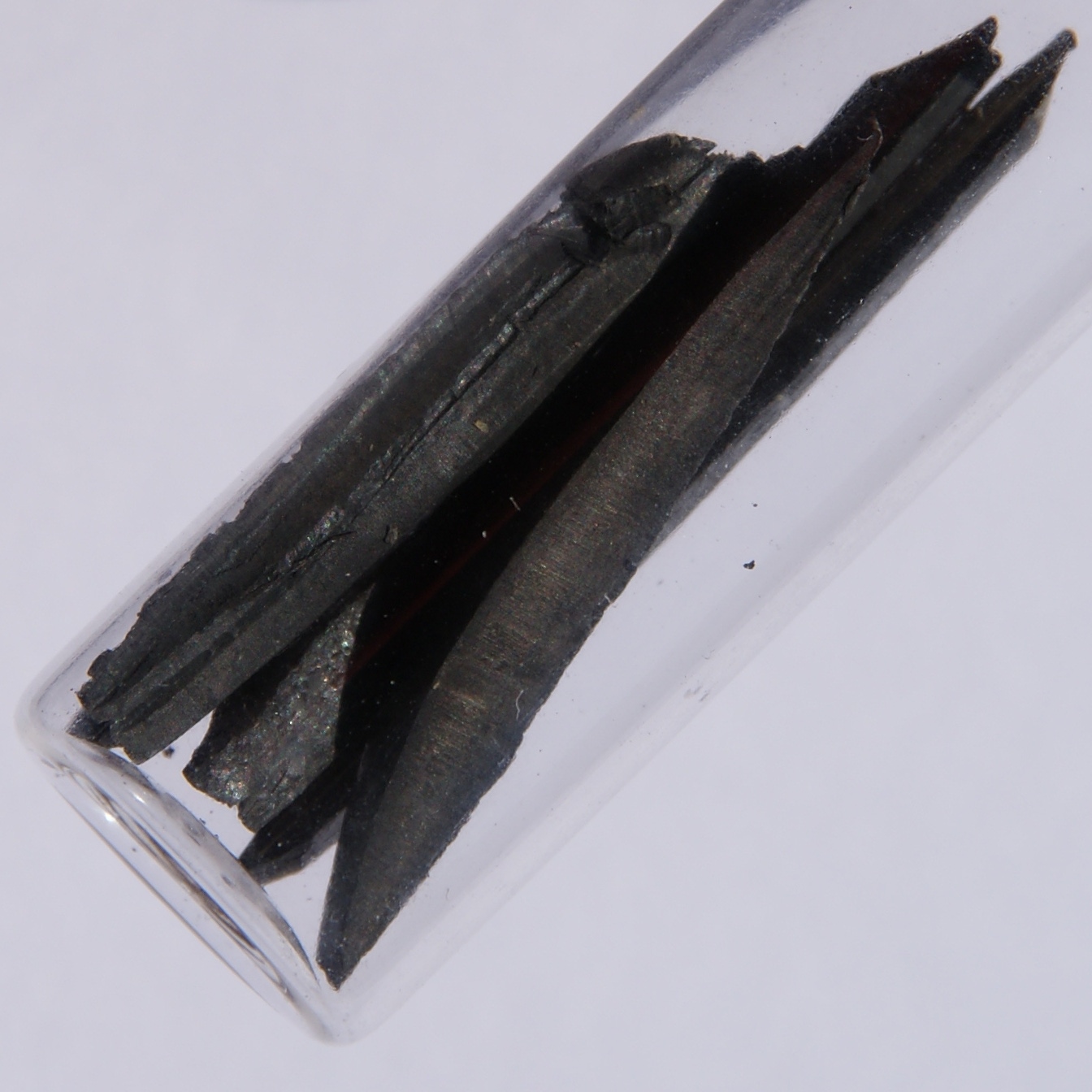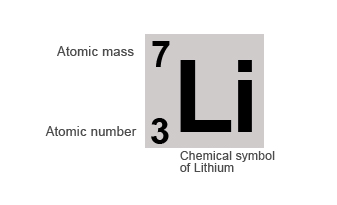


Arfwedson was not able to prepare pure lithium because it was too active. In 1817, Swedish chemist August Arfwedson (or Arfvedson 1792 –1841), described the element lithium, which he named from the Greek word that means stone. The use of lithium for medicinal purposes can be traced back over 1,800 years to Greek physician Galen, who treated patients with mania by having them bathe in alkaline springs and drink the water,which probably contained lithium. The first step in extracting lithium from its ores is to convert the ore to lithium chloride, which is then electrolyzed to obtain the pure element: 2LiCl - electric current ← → 2Li + Cl 2. In the United States, lithium is produced at three large mines in Nevada and North Carolina. The world ’s largest producer of lithium is the United States, followed by the countries of Australia, Russia, Canada, Zimbabwe, Chile, and China. Some lithium is also found in seawater, primarily as dissolved lithium chloride (LiCl).
Lithium chemical free#
Lithium never occurs as a free element, but it is found in minerals such as spodumene, petalite, and lepidolite. Its estimated crustal abundance is 3.2 x 10 -4 ounces per pound (2.0 x 10 1 milligrams per kilogram) and its estimated oceanic abundance is 2.4 x 10 -5 ounces per gallon (1.8x10 -1 milligrams per liter. Lithium is about the 15th most abundance element in the Earth ’s crust with an abundance of about 0.005%.

Under the proper conditions, the element also reacts with sulfur, hydrogen, nitrogen, and the halogens. It does not react with oxygen at room temperature, although it does react at higher temperatures to form lithium oxide (LiO 2). For example, it reacts slowly with cold water, releasing hydrogen gas. Lithium is an active metal, although, as one would predict from its placement in the periodic table, is not as active as sodium, potassium, and the other alkali metals. Lithium is extraordinarily soft for a metal with a rating of 0.6 on the Mohs scale, softer even than talc, whose Mohs rating is 1. Properties Lithium is a very soft, silvery metal with a melting point of about 356.97 ☏ (180.54 ☌), a boiling point of 2,435 ☏ (1,335 ☌), and a density of 0.308 ounces per cubic inch (0.534 grams per cubic centimeter). Lithium ’s atomic number is 3, its atomic mass is 6.941, and its chemical symbol is Li. Lithium -which has the highest specific heat of any solid element -is the first element in Group 1 of the periodic table, a group of elements generally known as the alkali metals.


 0 kommentar(er)
0 kommentar(er)
